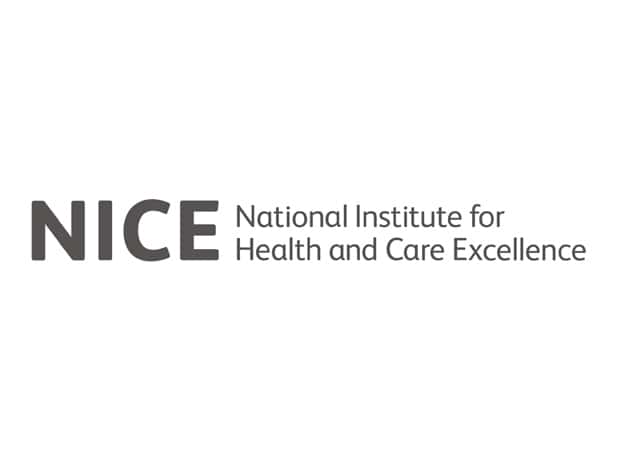The National institute for Health and Care Excellence (NICE) has published an updated guideline on the diagnosis and treatment of hypertension.
The organisation has announced that the final guideline confirms the lower CVD risk threshold at which treatment for hypertension should be considered, in discussion with patients.
Specifically, it recommends that blood pressure lowering drugs should be offered to people aged under 80 with a diagnosis of stage I hypertension who have an estimated 10-year risk of CVD of 10% or more, which is a reduction from the 20% CVD risk threshold for treatment recommended in NICE’s 2011 guideline.
The new guideline also continues to use a blood pressure reading of 140/90mmHg and above as the level used to define hypertension.
Hypertension is defined as a long-term medical condition in which the blood pressure in the arteries is persistently elevated, affecting around 13.5 million people and contributing to 75,000 deaths in 2015, making it by far the biggest preventable cause of death and disability in the UK through strokes, heart attacks and heart failure.
The clinical management of hypertension accounts for 12% of visits to primary care and up to £2.1 billion of healthcare expenditure.
Over the last decade progress has been made to improve the diagnosis and management of hypertension, and as a result the average blood pressure in England has fallen by about 3 mmHg systolic and the proportion of adults with untreated high blood pressure has decreased.
However, the Public Health England Blood Pressure Action Plan announced in 2015 called for further measures to reduce average blood pressure by a further 5 mmHg through improved prevention, detection and management.










